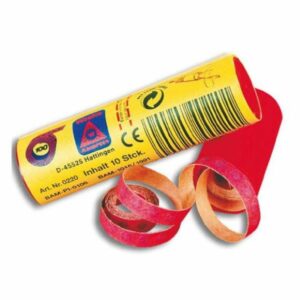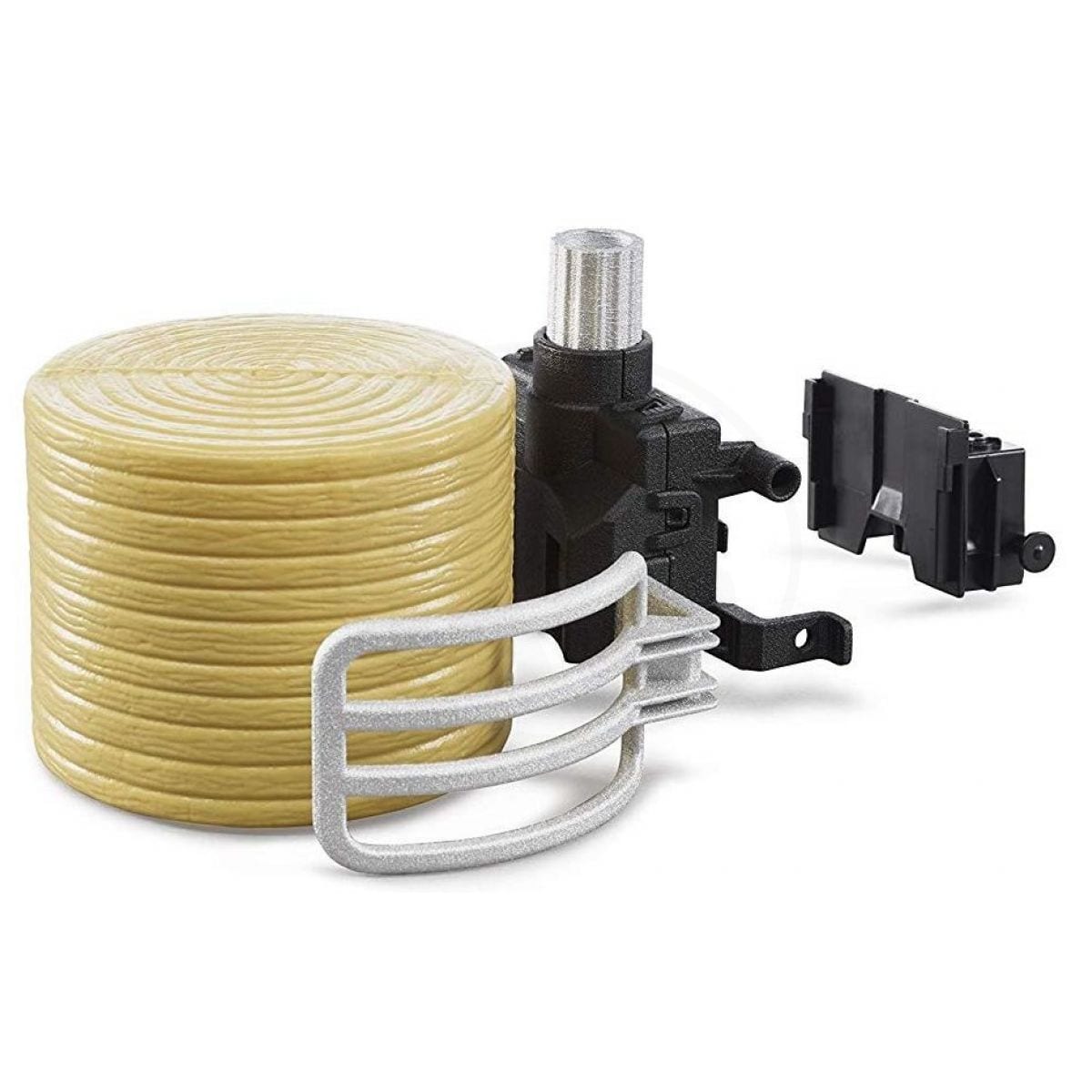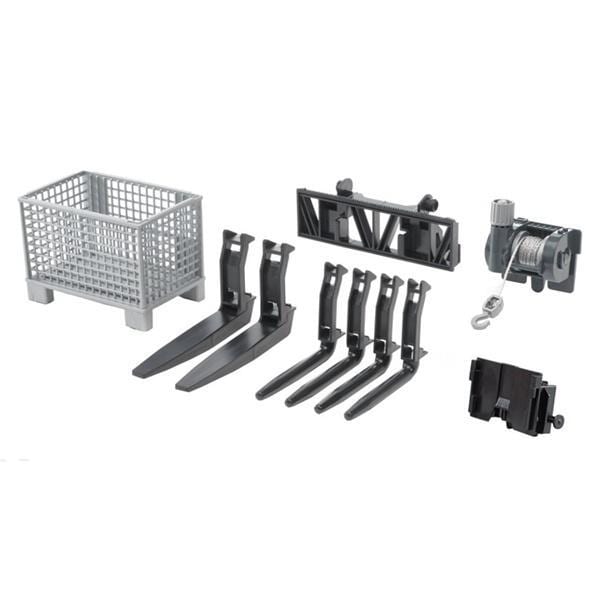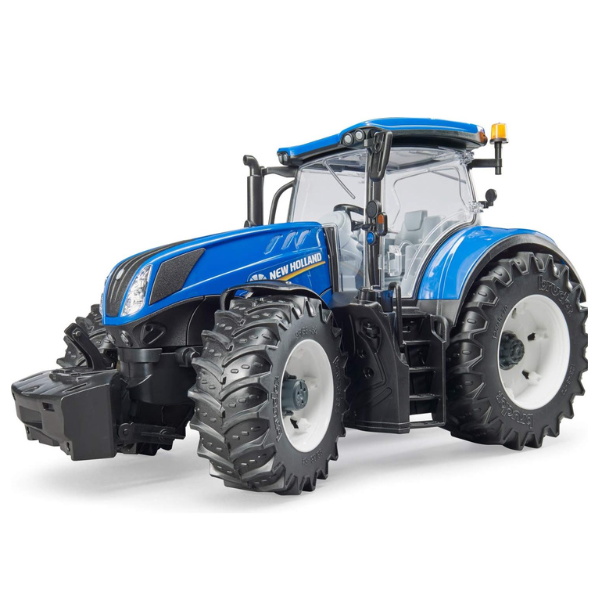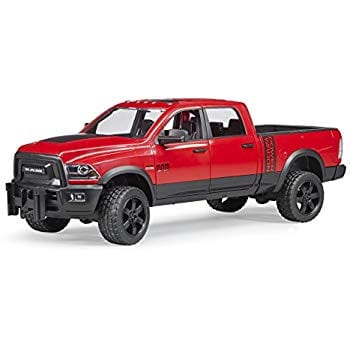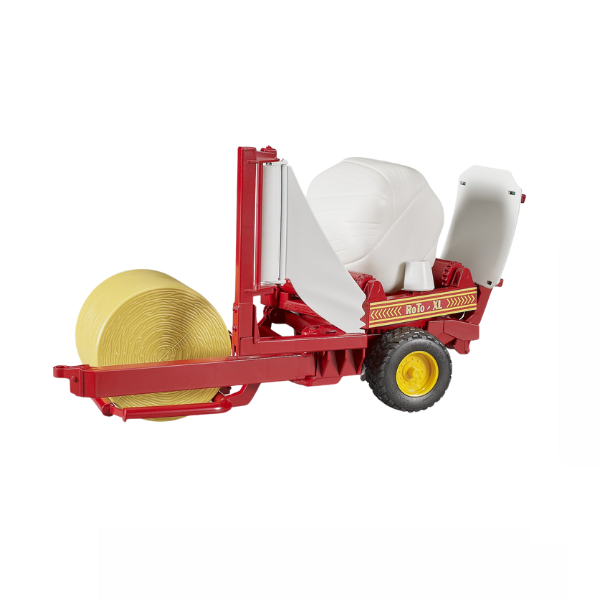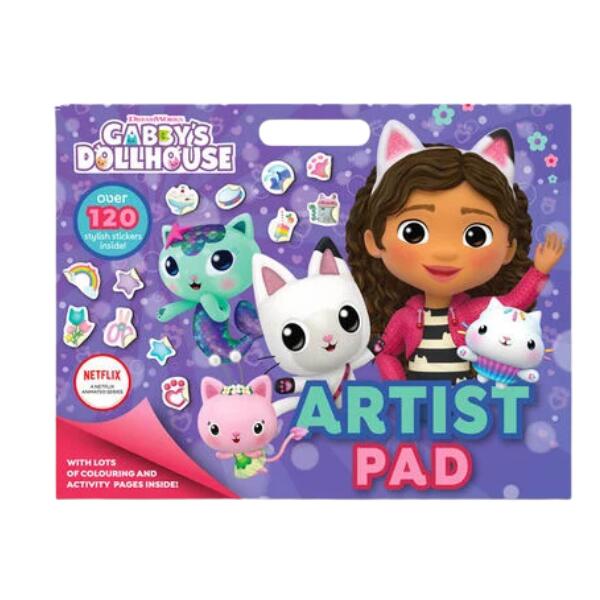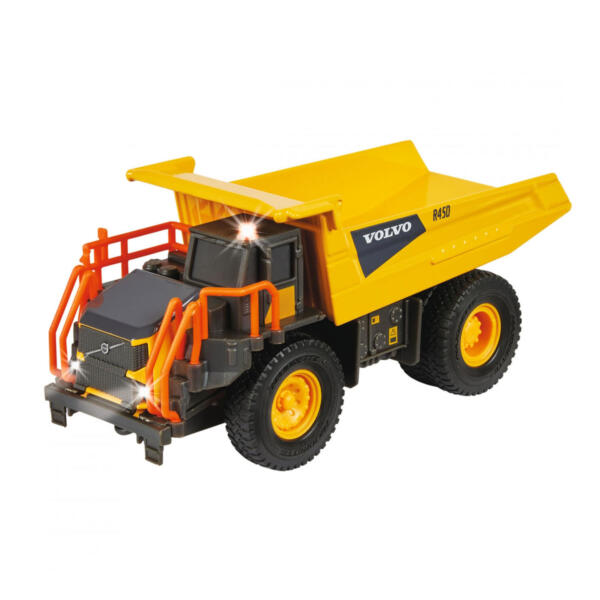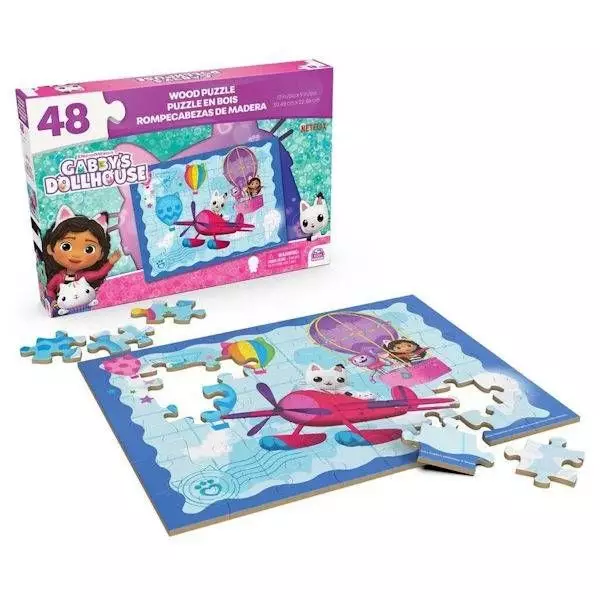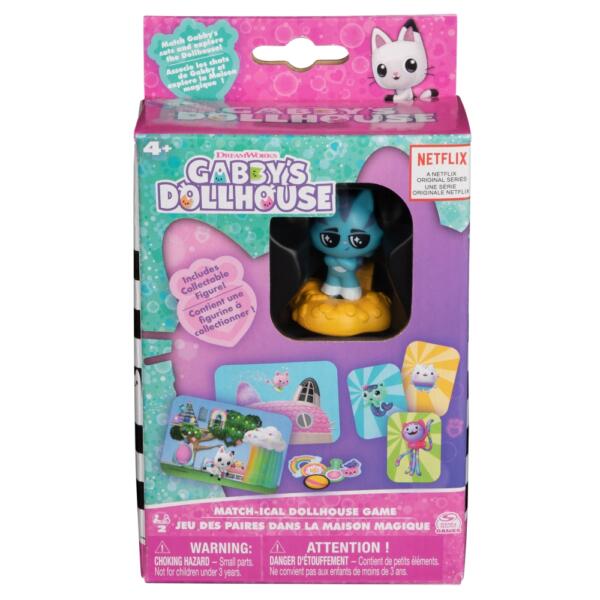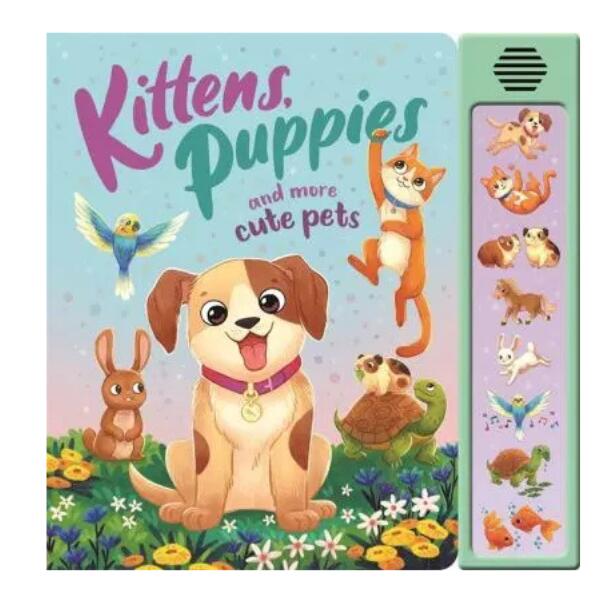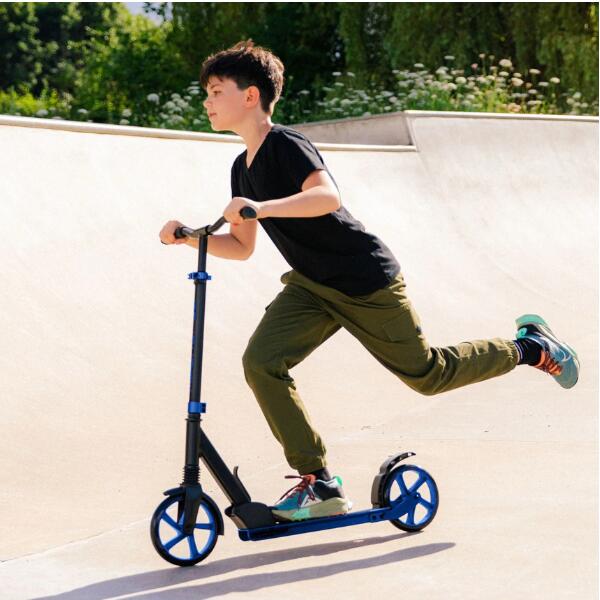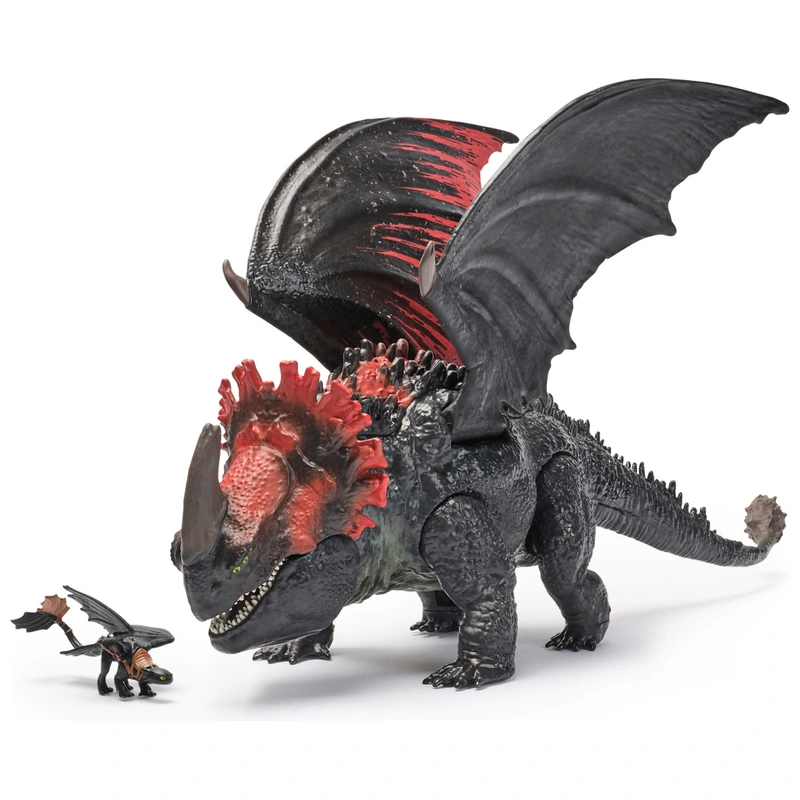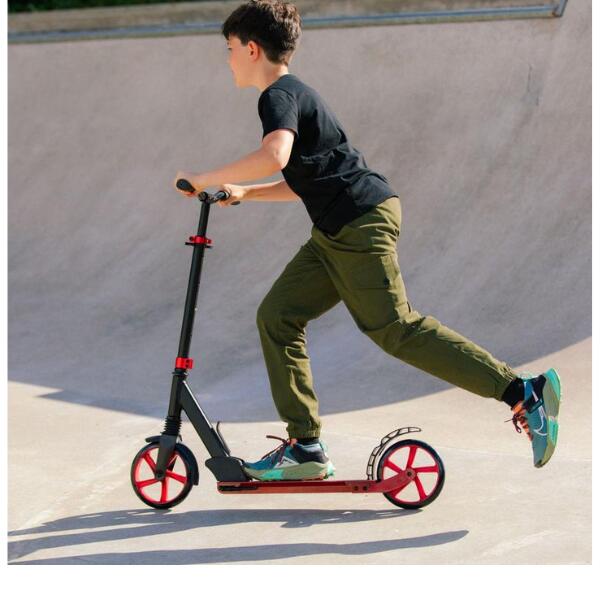Frequently asked questions
What makes a toy "best" for kids aged 6-8?
The best toys for this age group are those that encourage a mix of physical, cognitive, social, and emotional development. Look for toys that spark curiosity, challenge their minds, invite social interaction, and get them moving! These aren’t just for momentary fun; they’re powerful tools for growing.
What kind of toys help with their developing minds and problem-solving skills?
Think strategic and constructive! This age thrives on challenges.
- Building Sets: LEGO sets (more intricate designs, themed kits, or even early Technic/Robotics kits), Magna-Tiles, or K’nex encourage spatial reasoning, following instructions, and creative construction.
- Board Games: Classics like Chess, Checkers, Uno, or family-friendly strategy games like Ticket to Ride: First Journey, Catan Junior, or even simple card games teach critical thinking, turn-taking, and planning.
- Puzzles: Jigsaw puzzles (100-300 pieces) are fantastic for focus, patience, and pattern recognition.
- Science Kits: Simple chemistry sets, crystal growing kits, volcano eruption sets, or beginner microscope kits can introduce STEM concepts in a fun, hands-on way.
My child loves to create! What are good options for fostering creativity?
This age is ripe for artistic expression and imaginative storytelling!
- Art Supplies: Advanced coloring books, sketchpads, diverse art markers, paints (watercolor, acrylics), modeling clay, and craft kits (jewelry making, pottery wheels, slime kits, paper crafts) let their imaginations run wild.
- Storytelling Toys: Puppets, imaginative play sets (e.g., elaborate dollhouses, action figure headquarters, fort-building kits), or dress-up clothes encourage role-playing, narrative development, and character creation.
- Musical Instruments: Age-appropriate keyboards, guitars, or drum sets can introduce them to the joy of music and rhythm.
What about toys that help with social skills?
Many toys naturally foster social interaction, teamwork, and communication!
- Board Games: As mentioned, these teach sharing, negotiating, following rules, and sportsmanship (winning and losing gracefully).
- Role-Playing Toys: Costumes, play kitchens, doctor’s kits, or elaborate dollhouses inspire collaborative imaginative play, where kids learn to share ideas, compromise, and agree on rules for their shared world.
- Walkie-Talkies: Simple communication devices can be great for outdoor adventures with friends, encouraging cooperative play and secret missions.
Should I consider "educational" toys specifically?
Absolutely, but remember that the best educational toys are often disguised as pure fun! Many toys mentioned above – building sets, board games, science kits, art supplies – are inherently educational without feeling like schoolwork. Look for toys that subtly introduce new concepts, reinforce school-learned skills, or encourage critical thinking through engaging play.

